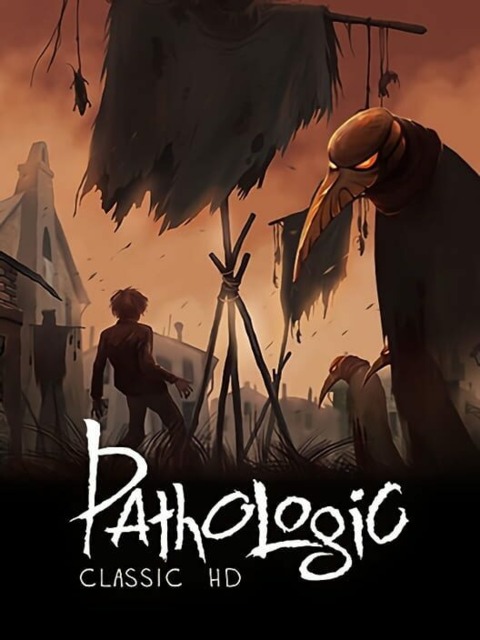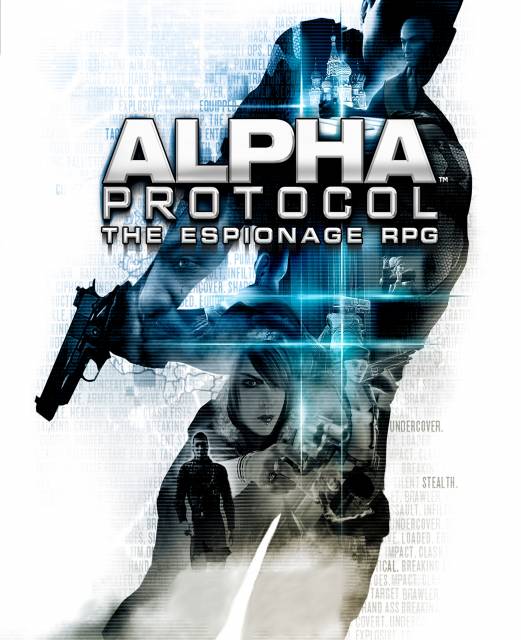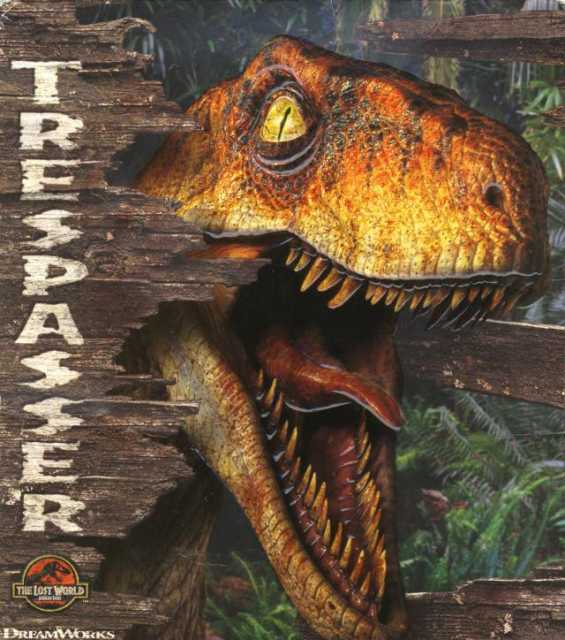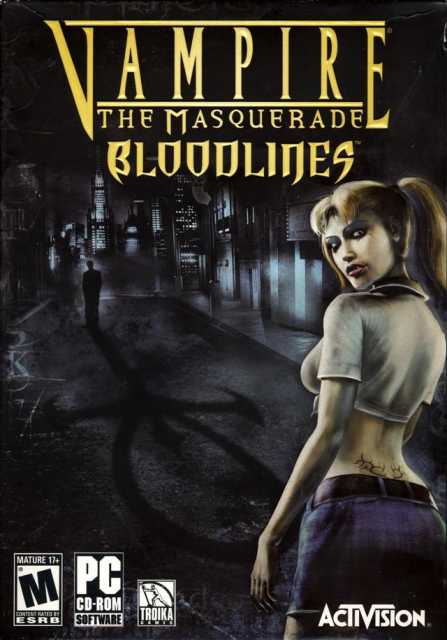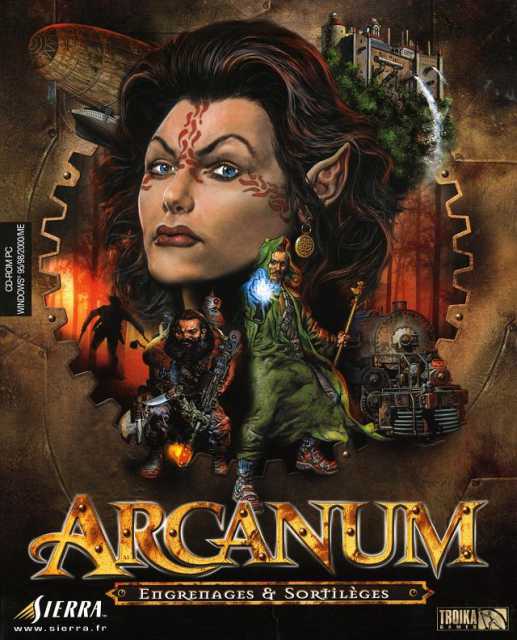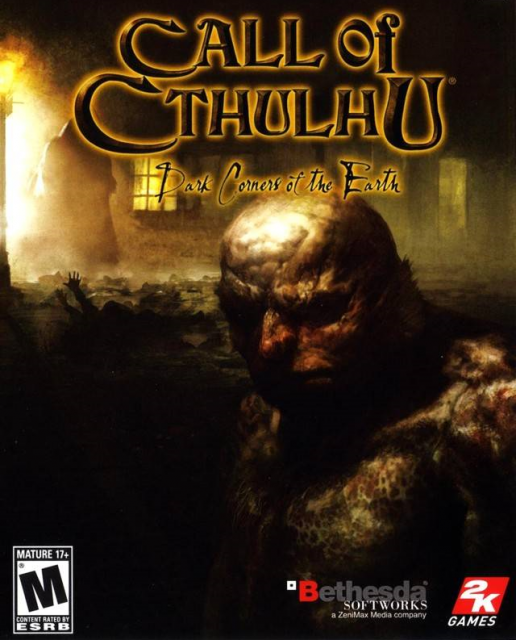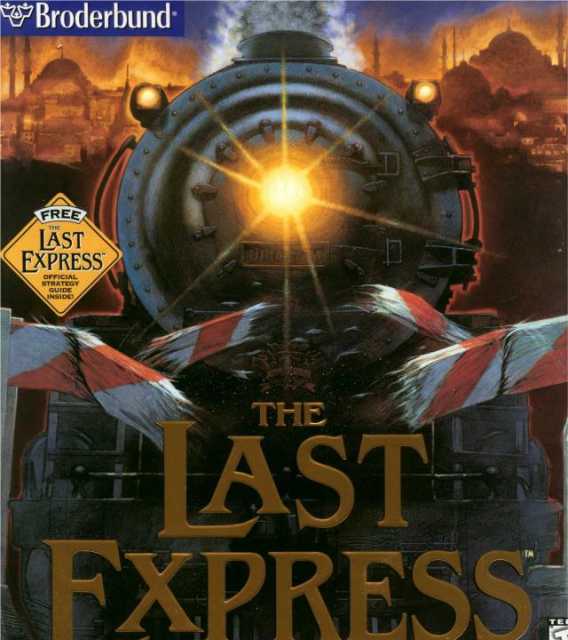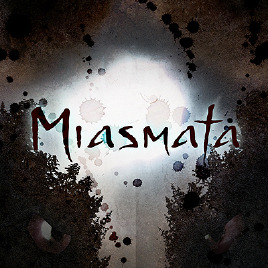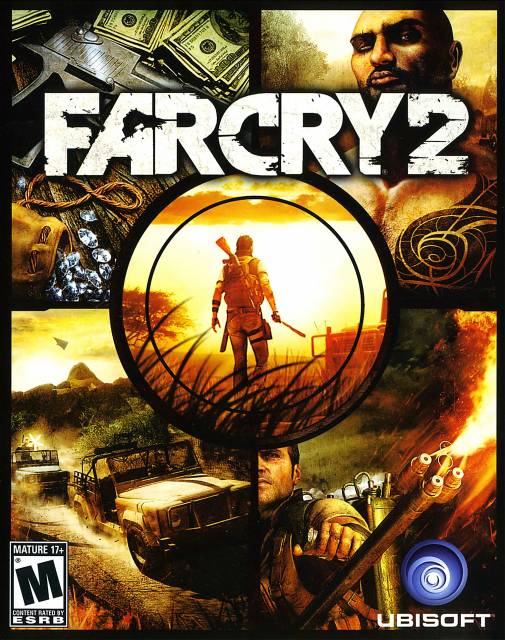Outside of Nosferatu (Both the Murnau and Herzog versions), I never really liked anything about vampires. I like a couple of obscure vampire movies here and there, but I don't like Anne Rice or anything like True Blood or Twilight. Even though I let a few friends talk me into playing the Vampire RPG back in high school, I never got into it and never thought a video game based on it would ever be ONE OF MY FAVORITE GAMES EVER MADE.
After years of ignoring this game's existence (because I was a fan of Black Isle and Troika games and heard a game by them had been done in the Source engine) I finally broke down and bought it on a Steam sale. Activision had been charging too much for it for years and when it finally dropped below $10 for the first time, I snatched it up.
Why do I say they were charging too much? Isn't a game I love this much worth paying for? The problem is that Activision launched the game with so many bugs that the game was barely even playable and after years, they still hadn't even bothered to issue an official patch to fix it--so I wasn't about to pay that much for a 6 or 7 year old, broken game I wasn't even sure I'd like yet.
10 years later, it's still only thanks to the game's dedicated fanbase and modding community that this game is even playable today.
So what's so great about this game? It's a 3D, polygonal RPG by one of the main creators of Fallout and a writing staff of other highly talented Troika people made with Half-Life 2's Source Engine with 4 large, open hub areas like in Deus-Ex, connected by an underground sewer system and taxi fast travel.
It has stealth elements, a rich dialogue system with some great writing and a lot of really good voice acting, interesting missions, a pretty powerful magic system and a clan-based character and skill system that matters in almost every action you take and line of dialogue you choose
The Nosferatu and Malkavian clans are so unique playing them is almost like playing a different game. There's also pretty great haunted mansion mission that's well regarded by horror fans.
Even with the unofficial patches though, it's still not a perfect game. Some of the blood magics are interesting, but overall, the combat system, especially the melee stuff, is really bad. Also, as good as the rest of the writing and gameplay are, everything starts to fall apart toward the end in the Chinatown areas and the final "boss battles" are pretty disappointing.
In the end, it really doesn't matter because the game had already done so much to win me over long before I ever got there.

